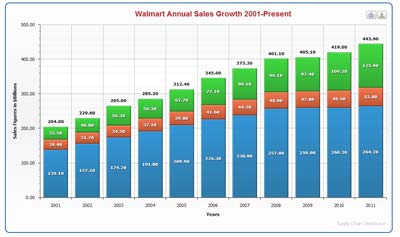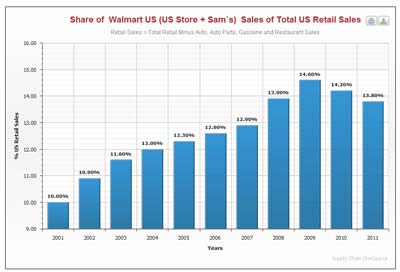 |
July 26, 2012 - Supply Chain Newsletter |
 |
This Week In SCDigest
FEATURED SPONSOR: COMPLIANCE NETWORKS |
 2012 Vendor Compliance Federation
Annual Fall Conference, |
|
|
|||||||||||||||||||||||||||
On Demand Videocast:
FleetPride Enhances Customer Service and Profitability through Innovative Supply Chain Transformation

Wholesale-Distributor Implemented
A New Approach to Supply Chain Improvement that Drives Corporate Objectives Without Installing Software
Featuring Steve Fogolini, Director of Supply Chain, Fleetpride and Gaurang Pandya, Vice President, Industry Strategy, JDA
On Demand Videocast:
Operations Rules for Driving
Business Value & Growth

Part 3: Complexity Reduction: Long Tail Analysis
Benefit from Clear Actionable Insight
into your Product Market Performance
Featuring Dr. David Simchi-Levi of MIT
MAJOR RESEARCH PROJECT
Last Chance! Survey Closing Soon
Important Research on US
Manufacturing and Reshoring
MIT and SCDigest Need Your Help!

Participants Receive New Report from MIT's
Dr. David Simchi-Levi, Copy of Results and More
Can you please help by taking this quick 15 minute survey? All respondents will receive a summary of the data
in just a few weeks.
Feedback will return next week.
SUPPLY CHAIN TRIVIA ANSWER
Q: Before opening his first Walmart, Sam Walton first ran a franchise store for what once popular "Five and Dime" store chain?
A: Ben Franklin's, now only alive as a dot com web store.
| © SupplyChainDigest™ 2003-2012. All Rights Reserved. SupplyChainDigest PO Box 714 Springboro, Ohio 45066 |
POWERED BY: XDIMENSION |







